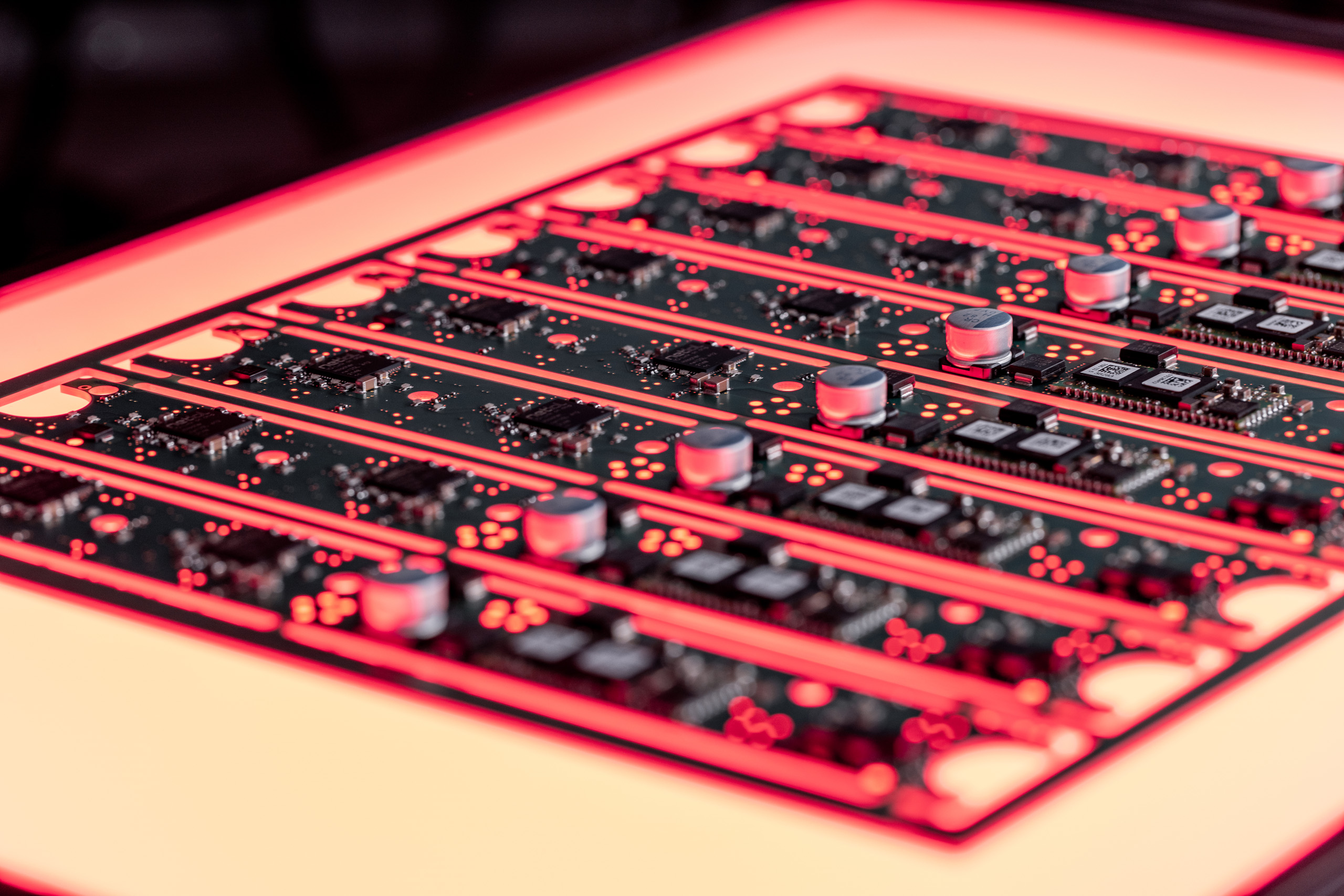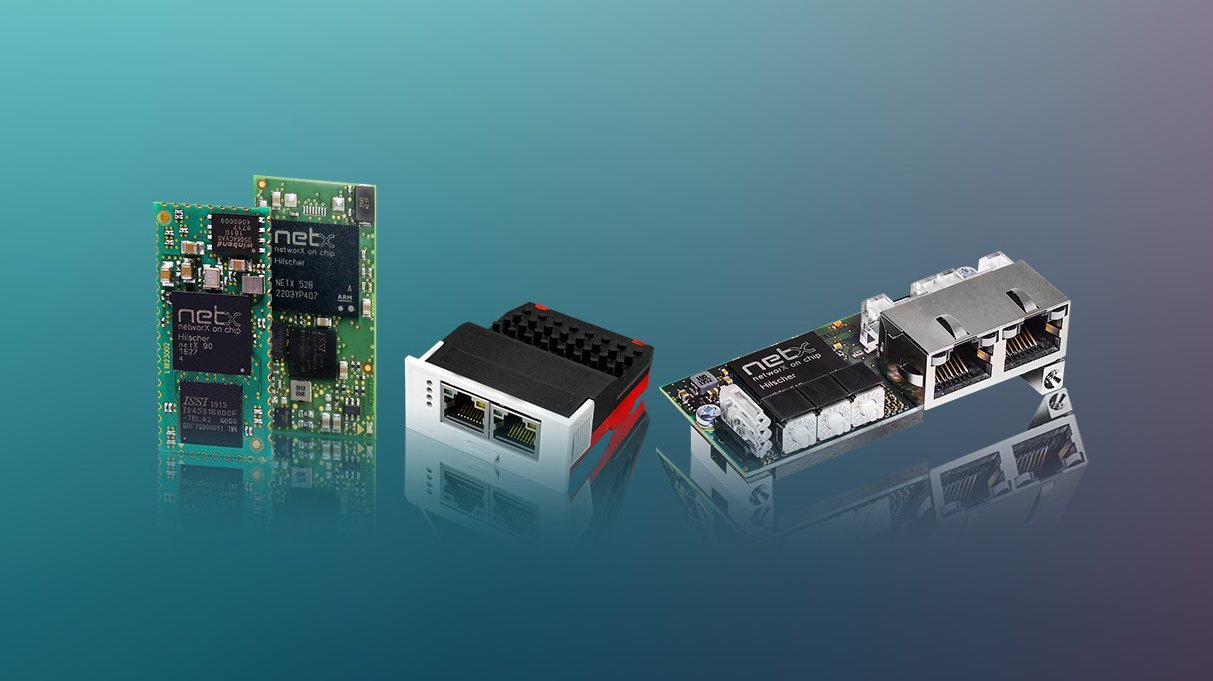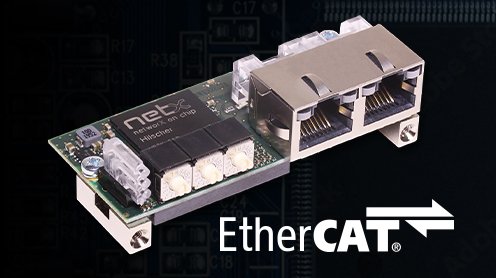Tools of semiconductor manufacturing machines
Important components of semiconductor manufacturing machines are their devices, also known as tools. The new comX 51CA-RE\R from Hilscher is also used in these tools and is responsible for EtherCAT communication. According to the ETG.5003 standard, communication modules can be used in the following tools:
1. Abatement and Sub Fab Systems
There are many pumps and reduction systems in a subfactory, which process the exhaust gases and by-products that are produced by the manufacturing process. They are also responsible for creating a flawless environment for the tools in the process chambers in the clean room.
2. DC & RF Power Generators
DC and high-frequency generators are used in semiconductor production to perform the chemical and physical processes within the process chamber (e.g. deposition, etching, and cleaning).
3. Mass Flow Controllers
More than 100 gases and some fluids are used in the production of semiconductors, which can be regulated by means of a mass flow regulator.
4. Process Control Valves
Process control valves are typically used to control pressure, fluid level, fluid flow, or temperature in a variety of industrial applications. They are also used in semiconductor production.
5. RF Match
In high-frequency technology, a load impedance that is not adapted to the electrical line causes the generator to be unable to transmit its full power to the load. Due to the RF adjustment, a precise adjustment of power levels can be carried out in the range of microseconds. In semiconductor production, this guarantees accurate power transmission, which ultimately contributes to the stability of the production processes.
6. Roughing Pumps
In semiconductor production, vacuum pumps are used to generate a vacuum or an ultra-high vacuum. Dry-running vacuum pumps help to stabilize the process conditions.
7. Temperature Controllers
During etching, solid material is liquefied by a chemical solution. The right temperature plays a central role here. Therefore, temperature controllers are used to prevent deviations. These could lead to the wafers becoming unusable after etching.
8. Turbopumps
With a turbopump, the required pressure for the generation of a (ultra-high) vacuum is generated by fast-rotating rotors, which leads to extremely pure process conditions.
9. Vacuum Pressure Gauges
The highly accurate measurement of the vacuum is essential for the semiconductor manufacture to safeguard the clean room. Vacuum pressure gauges are therefore used in various process steps (e.g. separation or etching).





